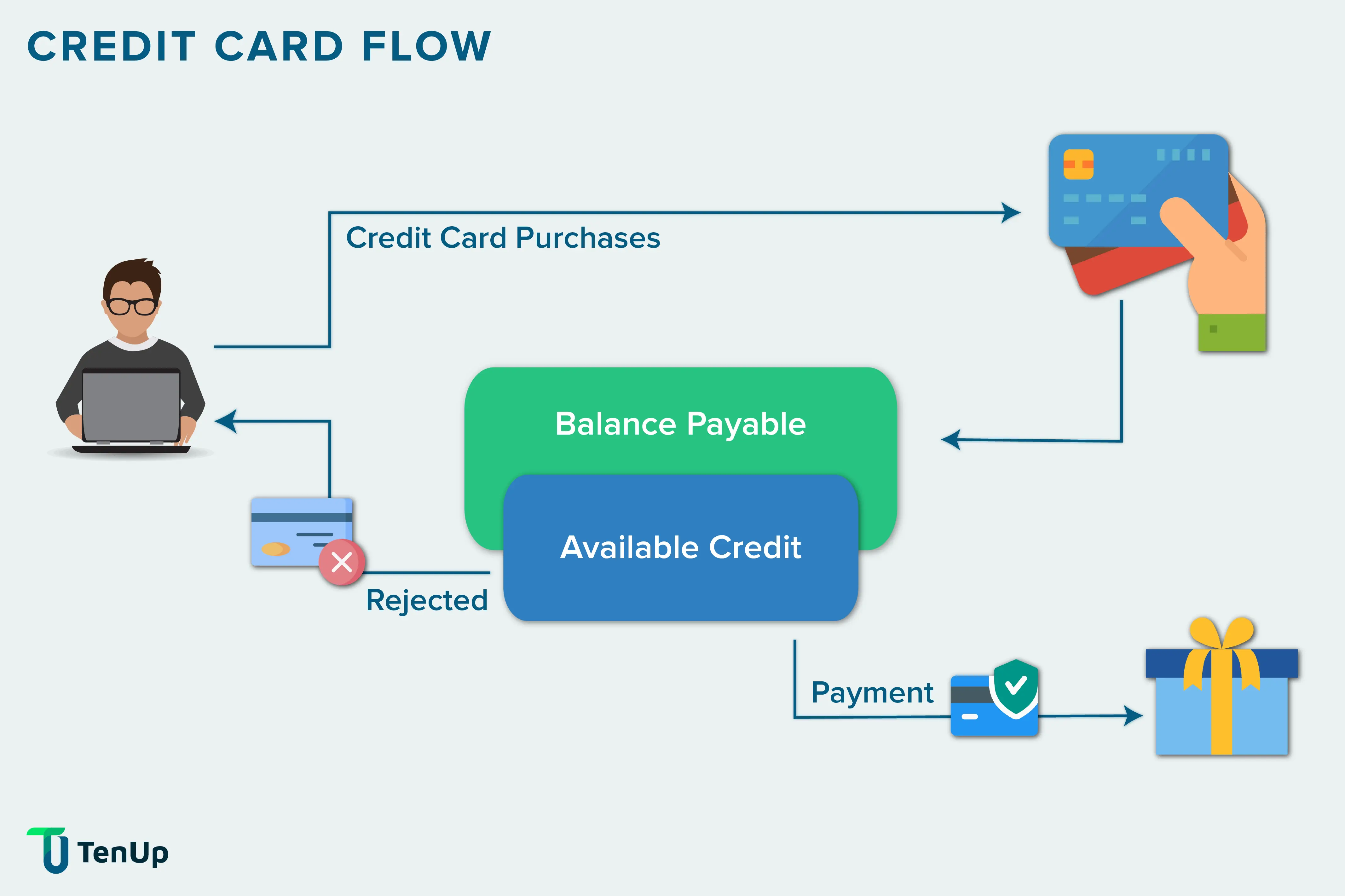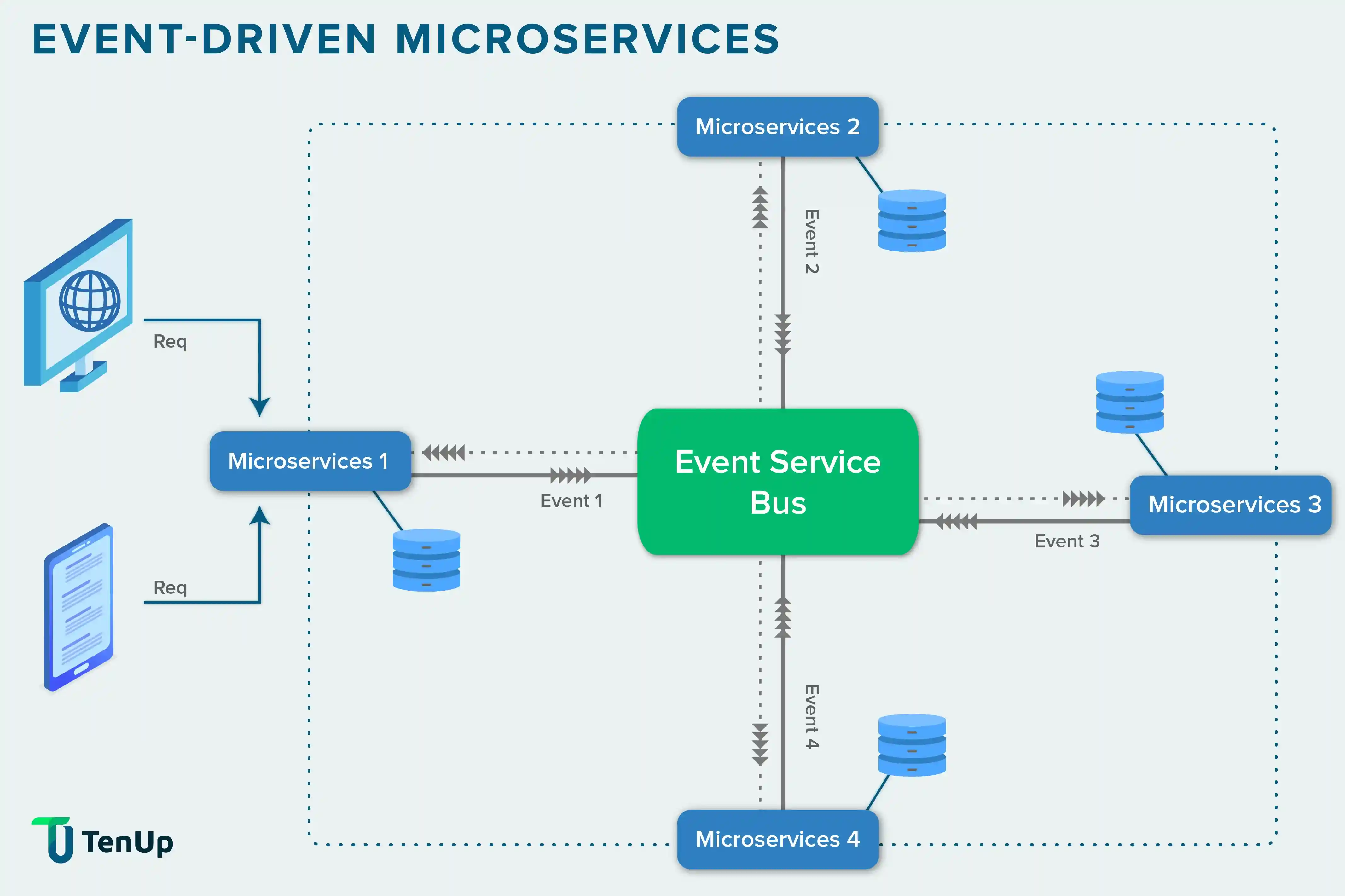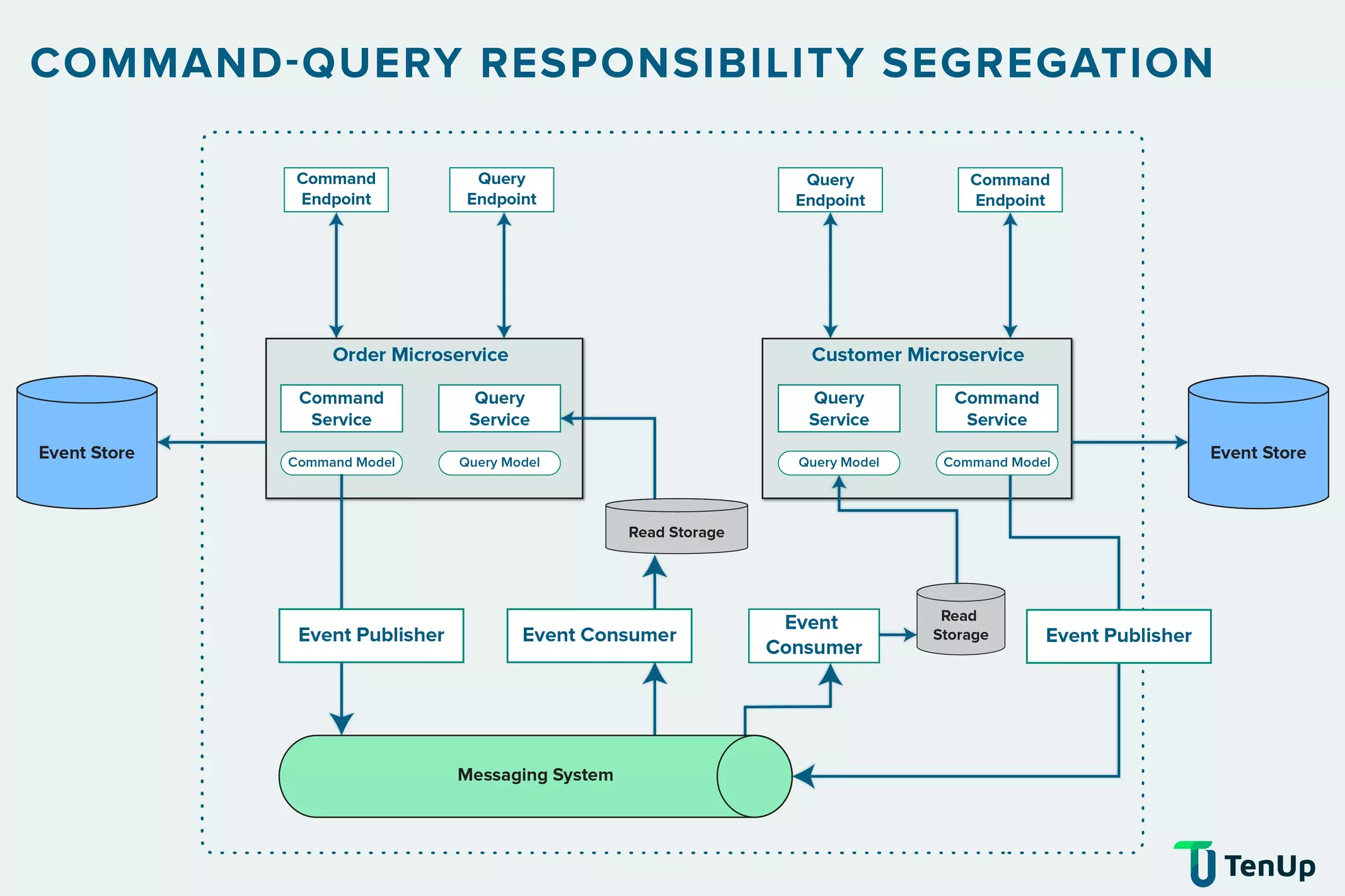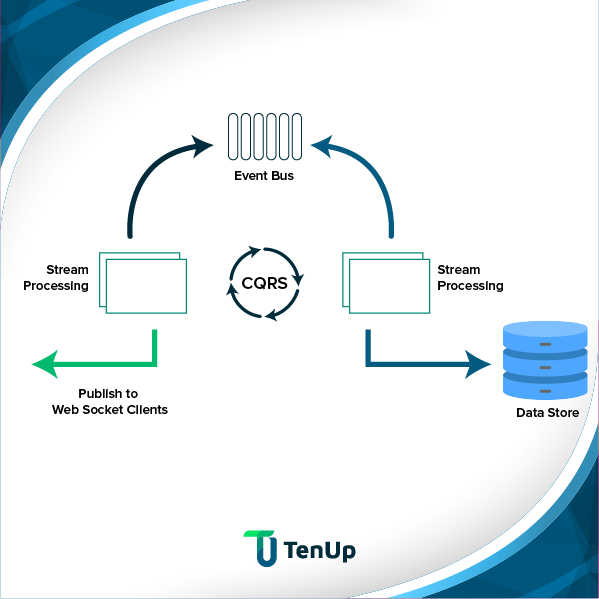Transactional microservices or the use of microservice architecture (MSA) for building applications has gained popularity over time. Distributed systems come with a range of benefits over monolithic systems, as part of the broader evolution of application architectures that led to the rise of microservices. But there are often new challenges and complexities that crop up with unique business processes and scaling up of applications.
For one, distributed transactions span over multiple physical systems or a number of computers over the network. The transaction itself is distributed to multiple services called in a sequential order to complete the transaction. While this has obvious advantages and benefits, it becomes increasingly challenging to ensure data consistency, accuracy and safety when it comes to scaling up transactional apps in a microservice architecture.
Challenges in Transactional Microservices
Distributed transactions are inherently complex, involving multiple services, APIs, and data stores — each of which can fail independently, leading to potential data inconsistencies. Many of these parts or processes run on different machines and often with different data centres. As a result, the process of committing the transaction can become lengthy or unreliable. This can slow down performance, affect user experience, and reduce system reliability if not managed with the right patterns like SAGA.
Cloud application development with microservices is often ideal for large and complex apps because they are modular, each service responding to a business capability. An eCommerce store, for instance, would have various services that include orders, payments, customer service, catalogue, support, etc.
However, with this modularity comes the challenge of decomposing the domain model. The Domain Model pattern which is useful to implement complex business logic is difficult to decompose because many of these services or classes often reference each other or share dependencies. For example, the domain model for an online store typically has classes like Order, OrderLineItem, customer, product etc. In terms of MSA, the Order and OrderLineItem classes belong to the Order Service, while the Customer class is part of the Customer Service and so on.
What Happens When Classes Reference Each Other and Span Service Boundaries?
This is especially important because transactions will span services. In the case of a traditional application or website, the system can rely on atomicity, consistency, isolation, and durability or ACID transactions to implement business rules. Consider the example of customers whose credit limits need to be tested before creating a new order.

The application needs to ensure that multiple concurrent attempts to place the order must not exceed the credit limit. In an ideal scenario, Orders and Customers would reside in the same database and it would be easy to verify this with an ACID transaction. However, in the distributed transactions scenario, this is not possible.

The solution to the challenges outlined lies in event-driven microservice architecture where services communicate with each other using event messages. The solution lies in event-driven microservices architecture, where services exchange event messages asynchronously, improving fault tolerance and scalability — a foundation where the SAGA pattern in microservices plays a crucial role in coordinating distributed transactions. Producers publish these messages when business events occur and other services consume them through event listeners. The main advantage of event-driven microservices is loosely coupled structures and asynchronous events.
Using SAGA Design Pattern for Distributed Transactions
The SAGA design pattern is one of the most critical microservices patterns for modern systems, providing a robust way to maintain data consistency across distributed transactions.
SAGA uses compensating transactions to roll back partial changes if a step fails, preventing inconsistent states in distributed systems.
In short, SAGA is a set of operations on microservices and relevant compensation processes. If and when an operation fails, the compensation operation and all previous compensation operations are called out in reverse order to roll back the system
There are two ways in which developers can achieve this:
- Orchestration-based SAGA design pattern (Saga orchestration pattern): A central SAGA orchestrator service coordinates all transactions, sending commands and monitoring progress — a reliable choice for mission-critical workflows like payment processing or inventory updates.
- Choreography-based SAGA design pattern: This approach has no central orchestrator — instead, each service performs its transactions and publishes events, making it a great fit for event-driven architecture microservices. The other services act on these events and perform their transactions. There is no central orchestrator. Each service participating in the SAGA performs its transaction and publish events, which triggers local transactions in other services.
There are benefits and drawbacks of either of these approaches and the SAGA pattern in itself may be challenging initially, as it demands a new way of thinking on transaction management and data consistency.
When to use the SAGA design pattern?
It is ideal for the following scenarios:
- To ensure data consistency in a distributed system without tight coupling
- To roll back or compensate in case an operation or sequence fails
Let’s look at an example from an online food delivery flow: When a user places an order, this is the sequence that could happen:
- The app creates an order. The order is in a PENDING state. A SAGA manages the chain of transaction events
- SAGA contacts the specific restaurant or fast food outlet using the service
- The restaurant service tries to place the order with the particular outlet or vendor. Once it gets a confirmation, it sends a reply.
- This reply is sent to SAGA and based on the answer, it can approve or reject the order
- The food order service changes the state of the order and informs the customer to furnish necessary details. In case it is rejected, it also informs the customer with an appropriate message.
This is of course a very basic example of SAGA in use. SAGA can be used in multiple ways to handle complex business transactions. In CQRS referenced below, SAGAs are leveraged to manage the BASE transactions or Basic Availability, Soft State, Eventual Consistency transactions. In this case, they respond to Events and may dispatch Commands, invoke external applications etc.
Types of SAGA Design Pattern: Orchestration vs Choreography
In microservices, the SAGA design pattern is a reliable way to manage distributed transactions while keeping services loosely coupled. There are two main types of SAGA design patterns — Orchestration and Choreography — each with its own strengths and trade-offs.
| Aspect | Orchestration (Saga Orchestration Pattern) | Choreography |
|---|---|---|
| Control | A central Saga orchestrator coordinates all transactions and sends commands to participating services. | There is no central controller — each service listens to events and triggers local transactions. |
| Complexity | Easier to manage because control is centralized. | Can become complex with too many events and dependencies. |
| Coupling | More tightly coupled, as services depend on the orchestrator. | Loosely coupled, allowing independent scaling. |
| When to Use | Best for critical workflows that require strict control and rollback (e.g., payment processing, order management). | Best for simpler flows where services can act independently and you want to avoid a single point of failure. |
When to choose which?
- Orchestration Design Pattern is ideal when you need centralized control and better visibility over the workflow.
- Choreography is preferred when service autonomy and scalability are more important than strict central control.
By implementing the right microservices orchestration pattern and following architectural considerations for scalable event-driven systems, you can ensure reliable transactions and avoid cascading failures in distributed systems.
Together, orchestration and choreography represent two of the different design patterns in microservices that developers can use to balance control, scalability, and autonomy depending on the business case.
Leveraging CQRS Design Pattern with Event Sourcing
Another key solution for concurrency and scaling challenges is the CQRS architecture, a widely adopted microservices pattern that separates command (write) and query (read) responsibilities for better throughput. CQRS design pattern is a microservices architecture pattern that advocates a strict split within an application, suggesting isolation of query components from command components for better scalability.
The concept of CQRS uses messages to describe commands, events, queries to deal with the Command Model and sync changes and extracts data from the Query model. This is hugely beneficial in enabling microservices and taking a monolith first approach with your application. The idea is to create the business functionality first and implement the non-functional aspects later.

How Does CQRS Work?
CQRS maintains two distinct models — a write model for processing commands and a read model for serving optimized, denormalized queries.
Each operation is dedicated to a single responsibility — either reading or writing data — preventing conflicts and simplifying scaling strategies. This separation makes it easier to manage data. The read and write operations are much more manageable because their functions are focused. Secondly, these operations can be developed individually by different teams and optimized separately, evolving independently over time following user requirements.
The complete CQRS design pattern leverages the APIs for accessing data and the models for the management of data. The database itself is segregated into a read/write database that is write-only and one or more read-only databases.
CQRS is often paired with event sourcing, enabling auditability, time-travel debugging, and the ability to replay events to rebuild system state when necessary. Here, the write model of the system manages the persistence of the event while acting as the source of information for the read side. Whereas the read model offers materialized views of the data as highly denormalized views.
CQRS Advantages, Disadvantages & Example
The CQRS (Command Query Responsibility Segregation) design pattern separates read and write operations into two distinct models. This makes it one of the most popular microservices architecture patterns for scalable applications. Here’s why it matters:
Advantages of CQRS Pattern
- Scalability: Read and write workloads can be scaled independently.
- Performance Optimization: Queries can use a denormalized read model for faster results.
- Clear Separation of Concerns: Improves maintainability by isolating business logic for commands and queries.
- Supports Event Sourcing: Works well with event-driven architecture in microservices, enabling replayable events.
Disadvantages of CQRS Pattern
- Increased Complexity: Requires careful design and synchronization between command and query models.
- Eventual Consistency: Data between write and read models might not be immediately in sync.
- More Infrastructure: Often requires multiple databases or message queues to implement effectively.
CQRS Microservices Example
Imagine an eCommerce application:
- Write Model (Command Side): Handles actions like placing orders, updating inventory, and processing payments.
- Read Model (Query Side): Powers the customer dashboard, fetching order history and product availability quickly.
By adopting CQRS architecture, you can achieve high throughput for writes while delivering lightning-fast reads — a win for both developers and end-users.
Conclusion
Transactional microservices need to find workarounds for some of the more challenging scenarios to ensure data consistency, user experience, security and independent scaling. The open-source frameworks like Axon and Eventuate help us build applications using domain-driven design techniques to implement CQRS, SAGA and event-sourcing patterns. For more information on implementing microservices for distributed transactions, please get in touch with our team.
With our extensive experience in designing microservices architecture for a wide range of applications, our team is equipped to help you improve an existing software system or develop a new one personalized to meet your specific technical needs. Leverage the benefits of our comprehensive Product Engineering Services and Customized Cloud Solutions for reliable transactional microservices.
When deciding between SAGA vs CQRS, remember that SAGA ensures reliable distributed transactions, while CQRS optimizes read/write performance — many real-world microservices architectures implement both patterns together for maximum reliability and scalability.
Frequently asked questions
What is the CQRS pattern in microservices?
CQRS (Command Query Responsibility Segregation) is a microservices architecture pattern that splits the system into two independent models — a command model for writes and a query model for reads. This separation allows independent scaling, improves performance under heavy load, and enables team autonomy by decoupling responsibilities.
What is the event sourcing pattern in microservices?
Event Sourcing is a microservices data persistence pattern where every state change is recorded as an immutable event in an event store. Instead of storing only the latest state, you can replay all events to reconstruct the exact state at any point in time, making it ideal for auditing, debugging, temporal queries, and compliance tracking.
What is the Saga and CQRS microservices design pattern?
The SAGA pattern manages distributed transactions reliably using orchestration or choreography, while CQRS separates read/write operations for better scalability and performance optimization. Together, they form a powerful microservices design approach, ensuring data consistency, fault tolerance, and independent scaling of workloads.
When should I use the Saga pattern for distributed transactions?
Use the SAGA pattern whenever a business transaction spans multiple microservices and you need automatic rollback (compensating actions) if a step fails. Common use cases include eCommerce orders, payment workflows, travel bookings, and inventory updates where consistency across services is critical.
How does CQRS improve application performance?
CQRS improves performance by isolating read and write workloads, allowing each to be scaled and optimized independently. The read model can use denormalized, precomputed views for lightning-fast queries, while the write model maintains strict data integrity — resulting in high throughput and low-latency user experiences.
What are the main challenges of implementing Saga orchestration in microservices?
The main challenges of SAGA orchestration include:
- Designing robust compensating transactions
- Preventing cyclic dependencies between services
- Implementing retry and timeout mechanisms safely
- Avoiding cascading rollbacks that could trigger failures in multiple services
- Maintaining observability and monitoring for complex workflows
How do I choose between Saga orchestration and choreography?
Choose orchestration if you need a central controller (orchestrator) for strict workflow management, better visibility, and guaranteed rollback control. Choose choreography for decentralized, event-driven systems where you want maximum service autonomy, loose coupling, and better scalability without a single point of failure.
What tools or frameworks support Saga and CQRS in production?
Popular production-ready frameworks for SAGA and CQRS include:
- Axon Framework – Event-driven microservices and CQRS
- Eventuate – Distributed transaction management with event sourcing
- Temporal – Workflow orchestration at scale
- Camunda – BPMN-based orchestration engine
- Kafka Streams – Event streaming backbone for microservices
- MediatR (.NET) – In-process messaging and CQRS implementation

